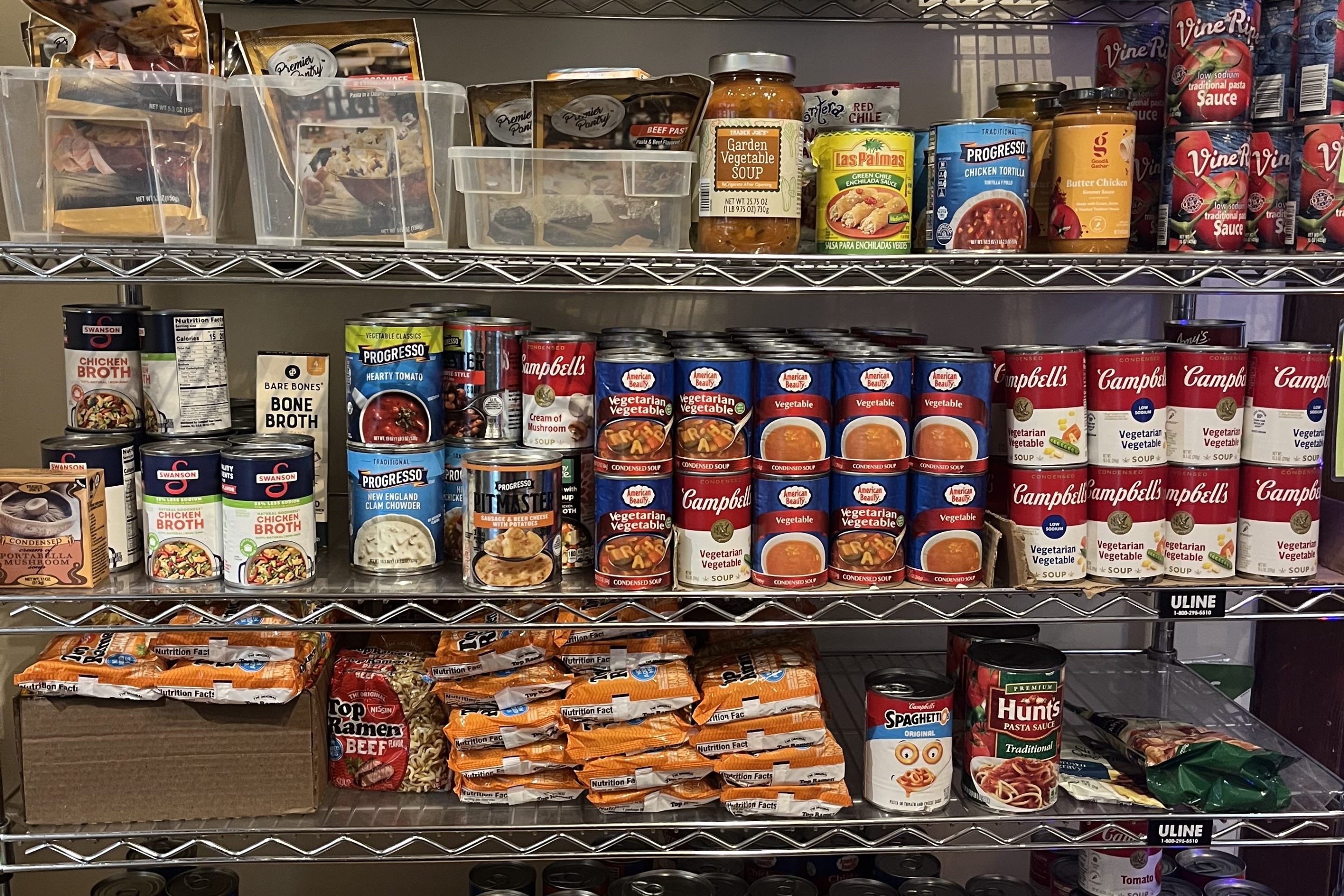As a longtime resident of the Hill & Lake Press neighborhoods, I care deeply about the livability and vibrancy of our special area in Minneapolis.
As chair of the Metropolitan Council, I have the honor of being engaged in the planning process to achieve long-range goals for the entire region.
The Met Council is in the final stages of putting together its Imagine 2050 regional development guide.
The guide is based on countless hours of research, input from city and county officials, and active outreach and engagement with community groups and neighborhoods across our region.
The work we have done paints a very different picture of the future of Minneapolis than was presented in November’s opinion piece “The future is electric.”
Our region is growing, but we will not see density approaching the levels of New York City as the piece suggests.
In New York, the density is over 27,000 people per square mile (74,000 on the island of Manhattan), while today’s density in Minneapolis is approximately 7,000 people per square mile.
We continue to see growth across the urbanized portions of our region and expect that growth to continue through 2050, albeit at a slower pace than previously forecasted. Minneapolis is projected to grow from its current estimated 434,000 to about 514,000 in 2050, or about 18.4%.
Growth in our region is occurring faster in the suburbs and emerging suburban edge, because that’s where the undeveloped land is.
Urban growth requires more efficient use of space and increases in density so services like transit can be delivered in a more cost-effective way.
Planning for higher densities and greater mix of uses within walking distances of where people live makes it easier to travel without a personal vehicle.
The City of Minneapolis has adopted this strategy in its 2040 plan, which the Met Council approved as being consistent with regional policy goals.
I’m not here to argue for or against the Minneapolis 2040 plan. Instead, here’s what our regional transportation looks like.
More choices, to go more places, more often.
This is an exciting time for transit in our region. For the past decade we’ve been building out the Metro system, with a dozen new rapid transit lines offering fast, frequent, all-day service in operation, construction, or planned.
By the year 2030 a half million people who didn’t have good transit connections in 2015 will have a 30-minute, one-seat ride to most destinations.
Transit ridership was heavily impacted by the COVID-19 pandemic but has been growing steadily. Many routes are at pre-COVID service levels today.
Transit, walking, cycling, and even electric scooters are being supported to complement private vehicle travel — not to eliminate it. All these options give people the ability to choose the best transportation mode for the trip they need to take.
In 2024, the Met Council funded 34 bicycle and pedestrian projects around the region, including 10 “safe routes to school” projects. These projects are the most-requested project type in the Met Council-led regional transportation project selection process.
Electric vehicles are an important part of the mix.
It is a fact that our climate is changing. As the region’s planning agency, the Met Council has been developing policies and strategies to mitigate and adapt to a changing climate.
Electrification is one of the leading strategies to reduce transportation’s impact on climate change and public health.
Electric vehicles are becoming more common, and the Met Council is pursuing strategies to help communities accelerate electrification including support for public charging infrastructure.
While buses represent a small share of greenhouse gas emissions, as we retire older buses in our fleet and new electric vehicle technology becomes available, we are adding electric buses and infrastructure to maintain them.
I’m just scratching the surface of the work the Met Council is doing to plan for a better future for our region. You can read the draft Imagine 2050 plan on our website. (https://metrocouncil.org/Planning/Imagine-2050.aspx).
As we consider all the planning challenges looking ahead generations, it’s important to recognize that changes in our living and transportation patterns are a given.
My great-grandfather, a doctor, used to make house calls by horse from his home on Dupont Avenue. Imagine how my great-grandchild might be traveling decades from now.






